Understanding and Managing Low Libido: Your Path to Rekindling Desire
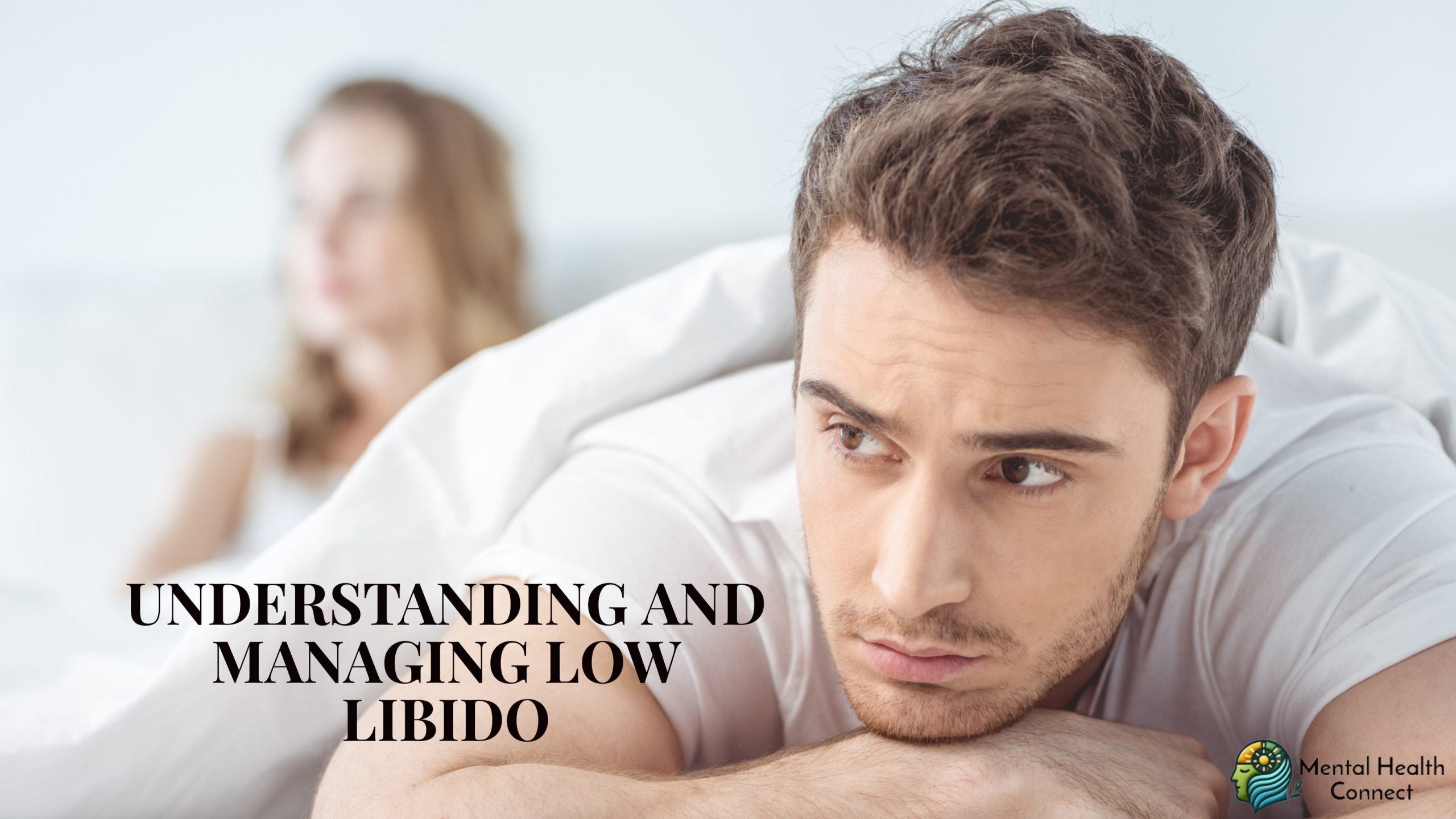
When the flame of desire dims to a flicker or seemingly extinguishes altogether, many individuals find themselves navigating unfamiliar emotional territory. Understanding and managing low libido represents one of the most common yet least discussed challenges affecting intimate relationships today. This natural variation in sexual interest affects people across all demographics, regardless of age, gender identity, or relationship status. The good news is that decreased sexual desire isn’t something you must simply accept or endure it’s often responsive to thoughtful intervention and care. Throughout this guide, we’ll explore the multifaceted nature of low libido, investigate its potential origins, and provide practical strategies to help revitalize your intimate connections, whether with yourself or with partners.
What is Low Libido?
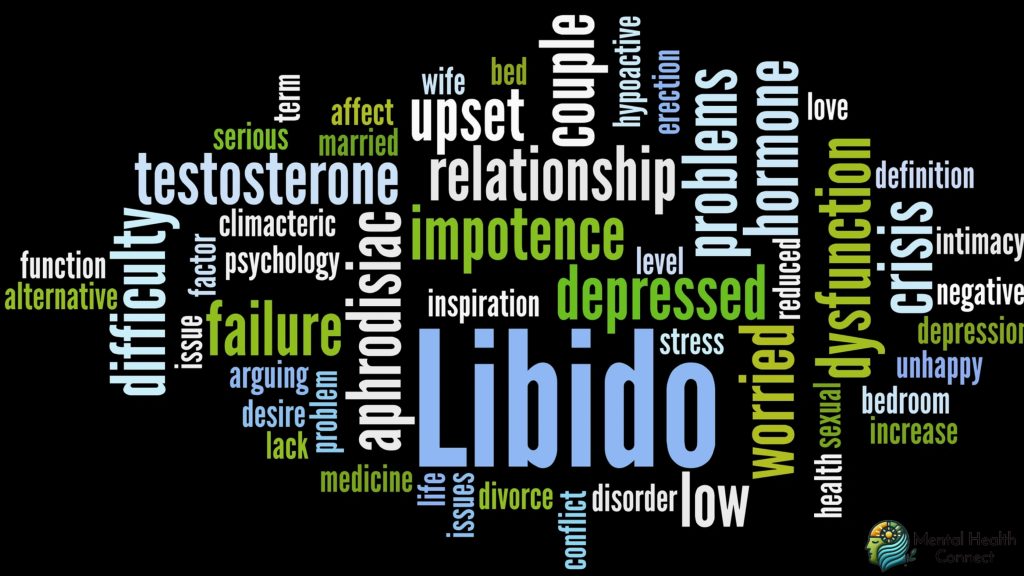
Beyond Simple Definitions
Low libido extends beyond merely “not being in the mood.” It represents a persistent decrease in sexual thoughts, fantasies, and interest in sexual activity that often causes personal distress or relationship strain. While temporary fluctuations are perfectly normal, prolonged periods of diminished desire may warrant attention, especially when they affect your quality of life or intimate connections.
The Personal Nature of Sexual Desire
Sexual desire exists on a highly individualized spectrum rather than fitting into rigid categories of “normal” versus “abnormal.” Some people naturally experience robust and frequent desire, while others may feel sexual interest less intensely or less frequently both can be entirely healthy. The key distinction lies in whether your current level of desire differs significantly from your personal baseline and whether this change causes distress.
The Cyclical Nature of Desire
Rather than maintaining constant levels, sexual desire typically ebbs and flows throughout life, responding to circumstances, physical conditions, emotional states, and relationship dynamics. Understanding these natural rhythms can help distinguish between temporary lulls and more persistent issues requiring attention.
Why Understanding Low Libido is Important
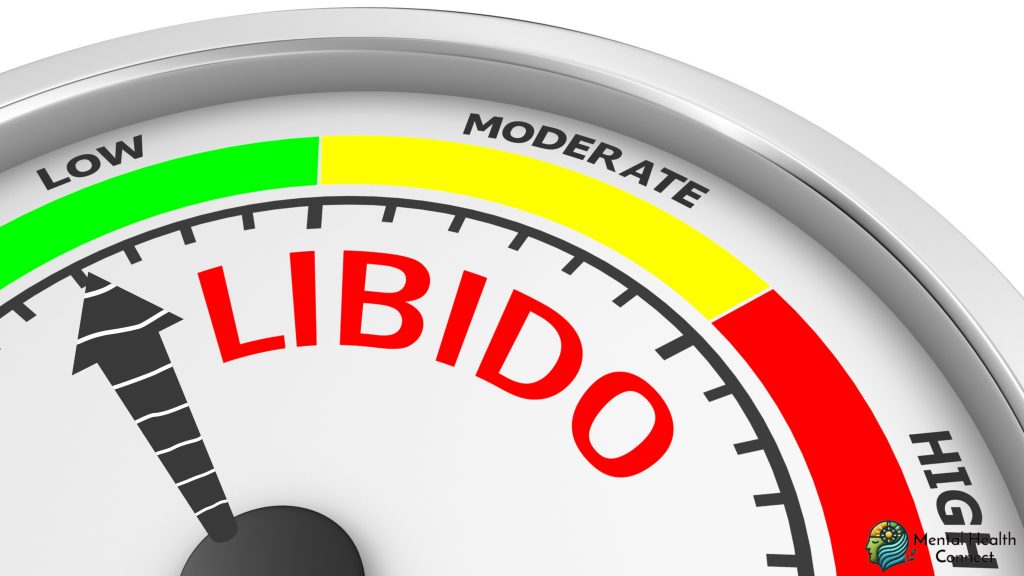
The Ripple Effect on Relationships
When desire discrepancies emerge between partners, the impact often extends far beyond the bedroom. The higher-desire partner may experience feelings of rejection, questioning their attractiveness or the relationship’s stability. Meanwhile, the lower-desire partner frequently battles guilt, inadequacy, or performance pressure. Without proper communication, these dynamics can erode trust and emotional intimacy, creating patterns of avoidance that further complicate sexual connection.
The Mind-Body Connection
Sexual wellbeing rarely exists in isolation from overall health. Research consistently shows bidirectional relationships between sexual satisfaction and mental health, with improvements in one area often benefiting the other. Understanding and managing low libido can therefore serve as both a worthy goal itself and as a pathway toward enhanced general wellbeing.
Empowerment Through Knowledge
Many individuals suffer silently with concerns about their level of desire, unaware that effective solutions exist. By demystifying libido variations and legitimizing these discussions, people gain the vocabulary and confidence to advocate for their sexual health needs, whether with partners or healthcare providers.
How to Identify Causes of Low Libido
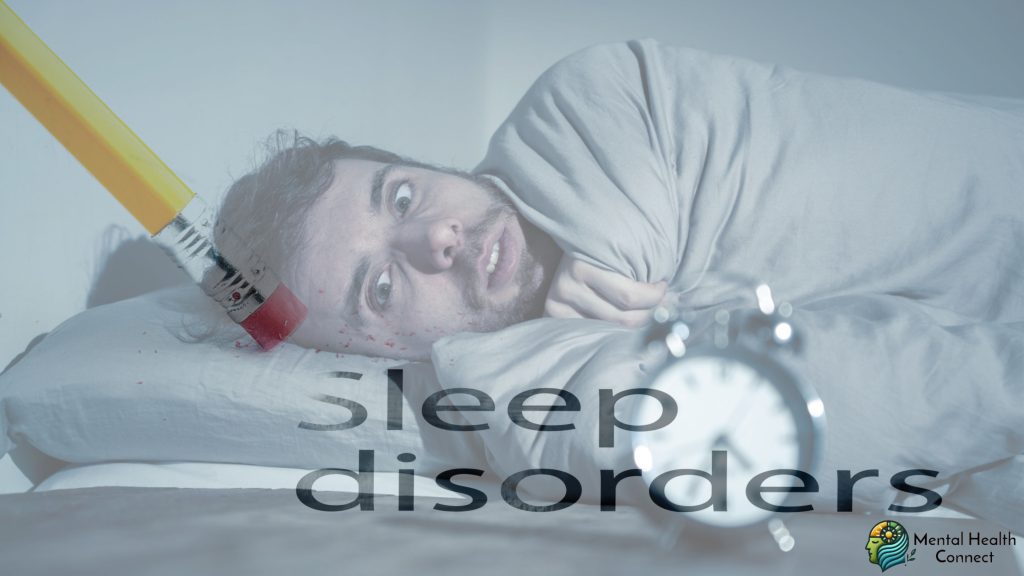
Physiological Factors
The body’s intricate systems influence desire in numerous ways that might not be immediately obvious:
- Hormonal Orchestration: The delicate balance of sex hormones including testosterone (vital for libido across all genders), estrogen, and progesterone can be disrupted by natural life transitions (menopause, andropause), medical conditions (PCOS, thyroid disorders), or certain medications.
- Cardiovascular Considerations: Sexual arousal relies heavily on healthy blood flow. Conditions affecting circulation, including hypertension, atherosclerosis, and diabetes, can diminish physical response and, consequently, desire.
- Energy Equilibrium: Chronic fatigue, sleep disorders, and endocrine imbalances can deplete the energy reserves necessary for sexual interest and engagement.
- Medication Effects: Various prescriptions including certain antidepressants, antihypertensives, antihistamines, and hormonal contraceptives may inadvertently dampen desire as a side effect of their primary action.
Psychological Dimensions
Our mental and emotional landscapes profoundly influence our capacity for desire:
- Emotional Climate: Persistent stress activates survival-oriented physiological responses that prioritize immediate threats over pleasure and connection, redirecting energy away from reproductive functions, including sexual desire.
- Mood Matters: Depression frequently diminishes interest in previously enjoyable activities, with sexual desire often among the first casualties. Anxiety can similarly interfere by triggering performance concerns or catastrophic thinking about intimacy.
- Body Perception: How we perceive our bodies significantly impacts comfort with sexual expression. Negative body image can create barriers to experiencing desire or accepting a partner’s advances.
- Past Experiences: Previous sexual experiences whether positive, negative, or traumatic shape our associations with sexuality and can influence current desire patterns in complex ways.
Relationship Dynamics
Even the strongest relationships face challenges that can affect desire:
- Emotional Distance: Unresolved conflicts, communication breakdowns, or feeling emotionally unsafe can create barriers to vulnerability and, consequently, sexual openness.
- Familiarity Patterns: Long-term relationships naturally evolve from passionate excitement to deeper attachment. Without intentional novelty and continued exploration, this transition sometimes manifests as decreased spontaneous desire.
- Role Complexity: Shifting between multiple life roles (partner, parent, caregiver, professional) can create identity compartmentalization that makes transitioning into “lover” mode increasingly difficult.
Lifestyle Influences

Daily choices accumulate to either support or undermine sexual wellbeing:
- Movement Matters: Regular physical activity boosts mood, energy, circulation, and body confidence all contributors to healthy sexual function.
- Nutritional Foundations: Certain nutritional deficiencies can undermine hormonal balance and energy levels essential for desire. Conversely, excessive processed foods and sugars may contribute to inflammation that affects sexual function.
- Chemical Effects: Alcohol (despite initial disinhibition), tobacco, and recreational drugs often negatively impact hormonal balance and sexual response with regular use.
- Leisure-Time Balance: Chronic overwork without adequate rest and recreation depletes the physical and emotional resources that fuel desire.
Best Practices for Managing Low Libido
Medical Pathways
When physical factors contribute to low desire, medical approaches offer promising solutions:
- Comprehensive Assessment: Before beginning any treatment, thorough evaluation including hormone panels, general health screening, and medication review can identify specific contributing factors.
- Hormone Optimization: When clinically indicated, bioidentical hormone therapy, testosterone supplementation (for all genders), or adjustments to existing hormone medications may help restore desire.
- Medication Refinement: Working with healthcare providers to adjust dosages, timing, or alternatives to medications with libido-dampening side effects can produce significant improvements.
- Specialized Solutions: Emerging treatments like peptide therapies, platelet-rich plasma procedures, and non-hormonal medications show promising results for specific causes of low desire.
Psychological Approaches
Mental and emotional barriers to desire respond well to targeted therapeutic techniques:
- Mindfulness for Desire: Learning to direct attention to physical sensations while managing distracting thoughts has shown remarkable effectiveness for rekindling desire, particularly for women.
- Cognitive Restructuring: Identifying and challenging unhelpful beliefs about sex, performance, or self-worth can remove psychological obstacles to experiencing desire.
- Sensate Focus: Structured touch exercises that temporarily remove pressure for sexual performance help rebuild comfort with physical intimacy at a manageable pace.
- Stress Mastery: Developing personalized stress management techniques creates psychological space for desire to emerge naturally.
Relationship Enrichment
For couples navigating desire discrepancies, connection-building strategies prove invaluable:
- Desire Mapping: Exploring and sharing individual desire styles whether spontaneous or responsive helps partners understand their different arousal patterns without judgment.
- Intimacy Scheduling: While seemingly counterintuitive, planned intimate time actually reduces pressure by eliminating negotiation and allowing anticipation to build.
- Novelty Nurturing: Introducing new experiences, environments, or approaches to intimacy can reawaken dormant desire by activating the brain’s reward centers.
- Communication Cultivation: Developing vocabulary for discussing preferences, boundaries, and fantasies creates safety for authentic sexual expression.
Lifestyle Optimization
Daily habits powerfully influence hormonal balance and energy for intimacy:
- Sleep Prioritization: Quality sleep directly impacts hormone production, stress resilience, and energy reserves all essential for healthy desire.
- Strategic Exercise: Moderate, consistent physical activity boosts circulation, mood, energy, and body confidence, while avoiding the libido-suppressing effects of extreme exercise regimens.
- Nutritional Support: Emphasizing foods rich in zinc, magnesium, B vitamins, and healthy fats provides building blocks for hormone production and nervous system function.
- Pleasure Cultivation: Regularly engaging in non-sexual activities that generate joy, and relaxation helps maintain neurochemical pathways associated with reward and pleasure.
Common Mistakes When Addressing Low Libido & How to Avoid Them
Expecting Instant Results
Many people abandon promising approaches prematurely, not recognizing that desire often responds gradually to intervention. Particularly with hormonal treatments or relationship dynamics, sustainable changes typically emerge over weeks or months rather than days. Setting realistic timelines and celebrating incremental improvements supports long-term success.
Focusing Exclusively on Physical Solutions
While medical interventions can be tremendously helpful, relying solely on pills, hormones, or procedures often yields disappointing results when psychological or relationship factors remain unaddressed. The most successful approaches typically integrate physical treatments with emotional and relational strategies.
Comparing to External Standards
Media portrayals, pornography, and even casual conversations often present distorted views of “normal” sexual frequency or desire levels. These comparisons create unnecessary pressure and insecurity. Instead, defining success based on personal satisfaction and relationship harmony leads to more authentic and sustainable improvements.
Neglecting the Power of Context
Many individuals focus narrowly on the moment of initiated intimacy rather than the broader context that either nurtures or inhibits desire. Creating conditions throughout the day that support connection through affectionate touch, meaningful conversation, shared activities, and stress management often naturally enhances receptivity to sexual intimacy.
Future Trends in Understanding and Treating Low Libido
Personalized Medicine Approaches
The future of libido treatment lies in increasingly individualized protocols based on genetic profiles, hormone metabolization patterns, and personal history. Rather than one-size-fits-all solutions, healthcare providers are beginning to craft highly personalized treatment combinations for optimal effectiveness.
Digital Therapeutic Tools
Innovative applications and digital platforms are emerging to support desire enhancement through guided mindfulness practices, relationship exercises, and even biofeedback for arousal awareness. These tools make evidence-based approaches more accessible and integrate easily into daily life.
Expanded Understanding of Desire Diversity
Research increasingly recognizes that human sexual desire manifests in diverse ways that extend beyond traditional models. This evolving understanding is leading to more nuanced approaches that honor individual variation rather than pathologizing differences.
Integration of Eastern and Western Approaches
Traditional wisdom from tantric practices, Chinese medicine, and Ayurvedic traditions is being scientifically evaluated and integrated with Western medical approaches, creating more holistic treatment models that address both physical function and energetic aspects of sexuality.
FAQs About Understanding and Managing Low Libido
Does low libido always indicate a problem in my relationship?
Not necessarily. While relationship dynamics can influence desire, many cases of low libido stem from physical conditions, medications, mental health challenges, or lifestyle factors entirely unrelated to relationship satisfaction. Some couples maintain deeply fulfilling relationships despite desire discrepancies when they communicate effectively and find mutually satisfying ways to maintain intimacy.
Will my desire levels ever return to what they once were?
Many individuals do experience significant improvement in desire with appropriate treatment, though the path isn’t always linear. Rather than focusing solely on recapturing past patterns, many find greater satisfaction in discovering new expressions of intimacy that honor their current life stage and circumstances.
How do I know whether my low desire warrants professional help?
Consider seeking guidance if your decreased desire causes personal distress, creates relationship tension, emerged suddenly, accompanies other concerning symptoms, or persists despite self-help strategies. Remember that consulting professionals doesn’t commit you to any particular treatment it simply provides more information for making informed decisions.
Can stress really impact desire that significantly?
Absolutely. Chronic stress triggers physiological responses that directly inhibit reproductive functions, including sexual desire. The body essentially deprioritizes “non-essential” functions like reproduction when perceiving ongoing threats or demands. Additionally, stress depletes energy and attention that might otherwise be available for intimacy and connection.
How can I approach my partner about their decreased desire without causing hurt?
Choose a neutral time separate from sexual contexts, use “I” statements to express your experience without blame, demonstrate curiosity about their experience, and approach the conversation as team problem-solving rather than criticism. For example: “I’ve noticed changes in our intimacy patterns, and I’m wondering about your experience. I miss our connection and would like to understand what might help us both feel satisfied.”
Are there supplements that effectively increase libido?
Some botanical supplements show promising research for supporting healthy desire, including maca root, Tribulus terrestris, and ashwagandha. However, results vary significantly between individuals, and many products lack sufficient research or quality control. Consulting healthcare providers before beginning supplements is advisable, especially when taking medications or managing health conditions.
How long should I try lifestyle changes before seeking medical help?
While some lifestyle modifications particularly stress reduction and improved sleep may yield noticeable benefits within a few weeks, allowing 2-3 months for consistent changes provides a more reliable assessment of their impact. However, if low libido accompanies concerning symptoms like extreme fatigue, significant mood changes, or physical pain, seeking medical evaluation promptly is advisable rather than waiting to see if lifestyle changes help.
The journey of understanding and managing low libido often reveals insights extending far beyond sexual function alone. By approaching decreased desire with curiosity rather than judgment, you gain valuable awareness about your body’s signals, emotional needs, relationship dynamics, and life balance. Remember that desire fluctuations are a normal part of human experience not a reflection of personal inadequacy or relationship failure.
Whether your path toward rekindled desire involves medical intervention, psychological exploration, relationship enrichment, lifestyle optimization, or a combination of approaches, each step represents an investment in your overall wellbeing and intimate connections. Rather than measuring success by frequency metrics or comparison to others, consider how your sexual wellbeing contributes to your life satisfaction, authentic self-expression, and meaningful relationships.
If you’re currently navigating the challenges of low libido, consider reaching out to knowledgeable healthcare providers who specialize in sexual medicine or certified sex therapists who can offer personalized guidance. With appropriate support and a compassionate approach to yourself, you can develop a fulfilling intimate life that honors your unique needs and circumstances at every life stage.
-
 How to Support Someone with OCDApril 17, 2025
How to Support Someone with OCDApril 17, 2025 -

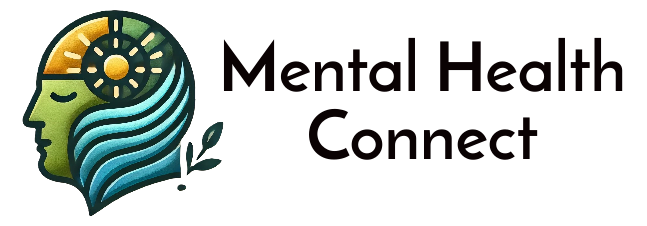
Leave a Reply